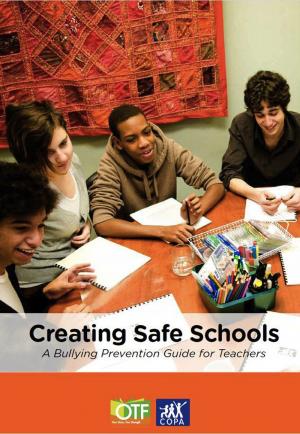
Creating Safe Schools: A Bullying Prevention Guide for Teachers
Creating Safe Schools is a rich resource for teachers of any grade. I found Chapter 1, “Understanding Bullying,” to be a very compelling text that I read several times to fully grasp its facts, statistics, and perspectives. While most of us may feel we are familiar with the context and results of bullying, I found it interesting that bullying can be summed up as “a lack of respect for differences” and that “any sort of difference is often associated with weakness and vulnerability, and is regarded with contempt” (p.17). This guide sheds light on the various kinds of bullying, gives statistics about the future of children who bully, and focuses on building self-esteem. Key is providing students with “tools not rules”: preventing bullying, interrupting bullying, fostering healthy communication, and mobilizing the school.
As I read, I kept being drawn back to Chapter 1. Quotes like “Those who are bullied often find it difficult to remove the stigma of being a target no matter what they do” (p. 23) led me to really consider the long-term effects of this damaging behaviour. As adults, we can recognize that people who bully are responsible for their own behaviour, but this concept is difficult for children to determine, especially when they are caught in the turmoil of a bully’s actions. In our technologically advanced society, a bully has many new forums with much greater audiences (cyber bullying through social media sites, communities on game sites, and texting). These topics are discussed on page 15 under the heading “Scope of Bullying.”
The elements of bullying are illustrated on page 67 as “intent to harm, the threat of further aggression, imbalance of power, the enjoyment of the effects on the student by those who are bullying, the student’s distress, often including fear or even terror, and worsens with repetition over time.” While this isn’t new to many educators, the exercises within the book will assist teachers to identify, discourage and possibly eliminate bullying in the lives of our students. As with conflict resolution, this guide gives the necessary tools to use “progressive discipline.” I would highly recommend this book for all educators, and for all parents.
Laurie Garbutt is a member of the Upper Grand Teacher Local.